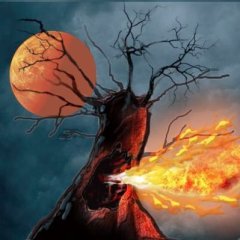
Are there any tutorials or list of changes for the MDLEdit or MDLOPS updates?
By
Malkior, in General Kotor/TSL Modding

By
Malkior, in General Kotor/TSL Modding
By using this site, you agree to our Guidelines.